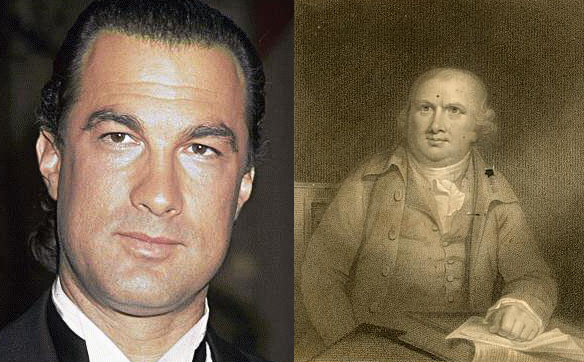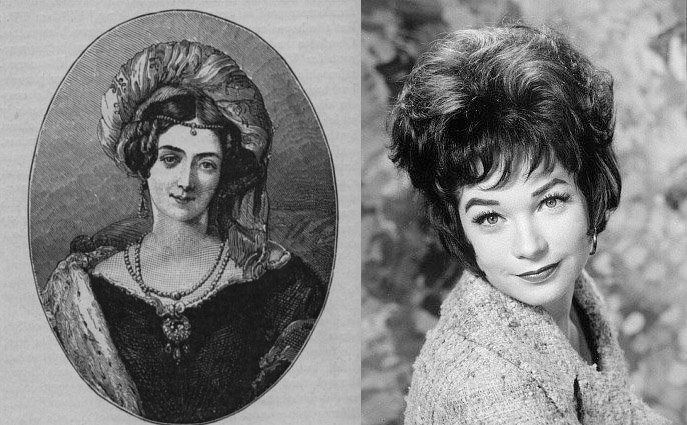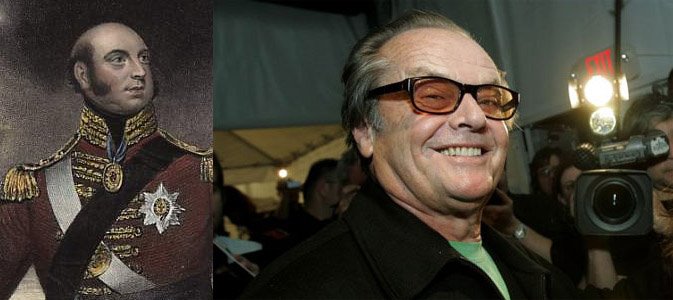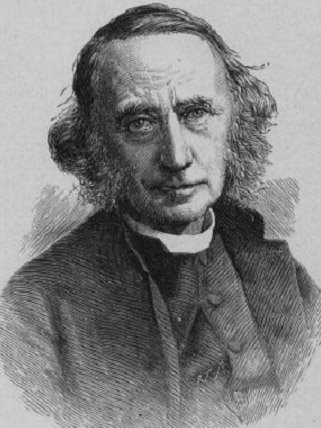Brianstalin is a Reiki Master Teacher, who has spent many years in the Far East. Healers who have daily access to the Akashic Records have taught him that accurate past life data retrieval requires simple and focused psychic techniques very similar to dowsing. Subjective psychic impressions tend to be heavily tainted, resulting in distorted and inaccurate data. This is mostly evident in deep trance states experienced by those under hypnosis and those mediums who channel disembodied "enlightened" entities, allowing these entities to inhabit their bodies, temporarily, and to speak through them. Dowsing, contrary to popular belief, is very objective and the information obtained by such means can be very unexpected and intriguing. A number of psychic techniques and investigations can then be used to test the data later. Pendulums are a good start, but sensitive dowsers can rely on increasingly subtle mental, physical and psychic vibrations and sensations. The conclusions reached by ego can never be a good substitute for lots of meditation and healing/energy work.
Robert Morris
Shirley
MacLaine is identified in Revolutionaries as the reincarnation of
Robert Morris, the "Financier of the Revolution" and a Signer of the
Declaration of Independence. In an impromptu appearance, Walter was
invited on-stage by Ms. MacLaine at her seminar entitled, "The Artist
Within," at the Academy of Art College, San Francisco, on October 26,
2003. A three-way dialogue ensued between Ms. MacLaine, her audience of
approximately 300 people and Walter, which lasted for well over an
hour. Reincarnation, Walter's book and Ms. MacLaine's past life case as
Robert Morris, were topics of discussion.
http://www.johnadams.net/
Brianstalin responds: "I maintain that Robert Morris has a much closer connection with Steven Seagal...

...The fact that I do not agree with Dr Semkiw or with Ahtun Re - the entity that speaks through Kevin Ryerson (Ryerson confirms all of Dr Semkiw's matches) is not much of a surprise.
The information obtained from deep trance states i.e. from hypnotherapy and deep trance channeling is unsatisfactory, because of suggestion by the therapist (programmer?) and the Lower Astral entities of the Astral Plane (who have a vested interest in keeping humanity in a state of ignorance)".
King George III's eldest son, the Prince of Wales and future King George IV, had only one child, the Princess Charlotte Augusta of Wales. When she died in 1817 the remaining unmarried sons of King George III scrambled to marry and father children to guarantee the line of succession.
Thus it was that, at the age of fifty, Edward, the Duke of Kent and Strathearn, the fourth son of George III, married Princess Victoria of Saxe-Coburg-Saalfeld. And in Kensington Palace, London on 24 May 1819, the only child of the couple, Victoria, was born.

Princess Victoria of Saxe-Coburg-Saalfeld (Mary Louise Victoria; 17 August 1786 – 16 March 1861), later HRH The Duchess of Kent, was the mother of Queen Victoria.
Mary Louise Victoria, born 17 August 1786, was the fourth daughter (but seventh child) of Duke Franz Frederick Anton, Duke of Saxe-Coburg-Saalfeld and Auguste Reuss of Ebersdorf und Lobenstein. By her second marriage she was the mother of Queen Victoria.
On 21 December 1803 at Coburg, she married (as his second wife) Charles, Prince of Leiningen (1763 – 1814), whose first wife, Henrietta Reuss of Ebersdorf, was her aunt.
On 29 May 1818 at Coburg (and again on 11 July 1818 at Kew Palace) she married Prince Edward Augustus, Duke of Kent (1767 – 1820).
After the death of the Duke of Kent, his widowed Duchess had little cause to remain in England, not speaking the language and having a palace at home in Coburg, where she could live cheaply on the incomes of her first husband, the late Prince of Leiningen. However, the British succession at this time was far from assured: of the three brothers superior to the Duke in the line of succession, two were estranged from their wives (who were probably past childbearing anyway) and the third, the Duke of Clarence (the future William IV) had yet to produce any surviving children through his marriage. The Duchess decided that she would be better served to gamble on her daughter's accession than to live quietly in Coburg, and sought support from the British government, having inherited her husband's debts. At the time, the young Princess Victoria was only fourth in line for the throne, and Parliament was not inclined to support yet another impoverished royal. The Duchess of Kent was allowed a suite of rooms in the dilapidated Kensington Palace, along with several other impoverished nobles. There she brought up her daughter, Victoria, who would become Queen of Great Britain and Ireland, and eventually Empress of India.
The Duchess, who barely spoke English, relied heavily on John Conroy, an Irish officer whom she engaged as her private secretary. Perhaps due to Conroy's influence, the relationship between the Duchess's household and William IV soon soured. William was denied access to his young niece as much as the Duchess dared. She further offended the King by taking rooms in Kensington Palace that the King had reserved for himself. All of this led to a scene at a dinner when the King, again feeling offended by the Duchess and Conroy, publicly hoped that his reign would continue until Princess Victoria was of age, and decried the influence on the young Princess Victoria by those around her.
There has been some speculation, not only that the Duchess and Conroy were lovers, but that the Duchess had earlier been unfaithful to the Duke of Kent and that Victoria was not his daughter.
It seems Jack Nicholson has some connection with Queen Victoria's father.
The Prince Edward Augustus, Duke of Kent and Strathearn (2 November 1767 – 23 January 1820) was a member of the British Royal Family, the fourth son of King George III and the father of Queen Victoria. He was created Duke of Kent and Strathearn and Earl of Dublin on 23 April 1799.

The Duke of Kent had a number of mistresses, most notably Adelaide Dubus (with whom he may have had an illegitimate daughter) and later Julie de St Laurent. However, he remained single until 1818 when, following the death of the only legitimate grandchild of George III, Princess Charlotte Augusta of Wales, the succession began to look uncertain. The Prince Regent and his younger brother, the Duke of York, though married, had no surviving legitimate children. King George's surviving daughters were all past likely childbearing. The other unmarried sons of King George III, the Duke of Clarence (later King William IV), the Duke of Kent, and the Duke of Cambridge, all rushed to contract lawful marriages and provide an heir to the throne. (The sixth son of King George III, the Duke of Sussex, had already married, albeit in contravention of the Royal Marriages Act of 1772.)
The Duke of Kent became engaged to Princess Victoria of Saxe-Coburg-Saalfeld (17 August 1786 – 16 March 1861), the daughter of Duke Franz Friedrich of Saxe-Coburg-Saalfeld and the widow of Emich Karl, Prince of Leiningen. She was also the sister of Prince Leopold of Saxe-Coburg-Saalfeld, the widower of Princess Charlotte Augusta. The couple married on 29 May 1818 at Schloss Ehrenburg, Coburg and again on 13 July 1818 at Kew Palace, Richmond Park, Surrey. They had one child,
* Princess Alexandrina Victoria of Kent (24 May 1819 – 22 January 1901) (Queen Victoria).
Richard William Church
Richard William Church (April 25, 1815 - December 6, 1890), English divine, son of John Dearman Church, brother of Sir Richard Church, a merchant, was born at Lisbon, his early years being mostly spent at Florence. In later life he was known as Dean Church.
After his father's death in 1828 he was sent to a school of a pronounced evangelical type at Redland, Bristol, and went in 1833 to Wadham College, Oxford, then an evangelical college. He took first-class honours in 1836, and in 1838 was elected fellow of Oriel. One of his contemporaries, Richard Mitchell, commenting on this election, said: "There is such a moral beauty about Church that they could not help taking him." He was appointed tutor of Oriel in 1839, and was ordained the same year. He was an intimate friend of JH Newman at this period, and closely allied to the Tractarian party. In 1841 No. 90 of Tracts for the Times appeared, and Church resigned his tutorship.
In 1844-1845 he was junior proctor, and in that capacity, in concert with his senior colleague, vetoed a proposal to censure Tracts publicly. In 1846 Church, with others, started The Guardian newspaper, and he was an early contributor to The Saturday Review. In 1850 he became engaged to Miss HF Bennett, of a Somersetshire family, a niece of George Moberly, bishop of Salisbury. After again holding the tutorship of Oriel, he accepted in 1858 the small living of Whatley in Somersetshire, near Frome, and was married in the following year. He was a diligent parish priest and a serious student, and contributed largely to current literature. In 1869 he refused a canonry at Worcester, but in 1871 he accepted, most reluctantly (calling it "a sacrifice en pure perte"), the deanery of St Paul's, to which he was nominated by WE Gladstone.
His task as dean was a complicated one. It was
1. the restoration of the cathedral;
2. the adjustment of the question of the cathedral revenues with the Ecclesiastical Commissioners;
3. the reorganization of a conservative cathedral staff with anomalous vested rights.
He described the intention of his appointment to be "that St Paul's should waken up from its long slumber." The first year that he spent at St Paul's was, writes one of his friends, one of "misery" for a man who loved study and quiet and the country, and hated official pomp and financial business and ceremonious appearances. But he performed his difficult and uncongenial task with almost incredible success, and is said never to have made an enemy or a mistake.
The dean was distinguished for uniting in a singular degree the virtues of austerity and sympathy. He was preeminently endowed with the faculty of judgment, characterized by Canon Scott Holland as the gift of "high and fine and sane and robust decision." Though of unimpressive stature, he had a strong magnetic influence over all brought into contact with him, and though of a naturally gentle temperament, he never hesitated to express censure if he was convinced it was deserved. In the pulpit the voice of the dean was deliberately monotonous, and he employed no adventitious gesture. He may be described as a High Churchman, but of an essentially rational type, and with an enthusiasm for religious liberty that made it impossible for him to sympathize with any unbalanced or inconsiderate demands for deference to authority. He said of the Church of England that there was "no more glorious church in Christendom than this inconsistent English Church." The dean often meditated resigning his office, though his reputation as an ecclesiastical statesman stood so high that he was regarded in 1882 as a possible successor to Archbishop Tait. But his health and mode of life made it out of the question. In 1888 his only son died; his own health declined, and he appeared for the last time in public at the funeral of Canon Liddon in 1890, dying on 9th December in the same year, at Dover. He was buried at Whatley.
The dean's chief published works are a Life of St Anseim (1870), the lives of Spenser (1879) and Bacon (1884) in Macmillan's "Men of Letters" series, an Essay on Dante (1878), The Oxford Movement (1891), together with many other volumes of essays and sermons. A collection of his journalistic articles was published in 1897 as Occasional Papers.
In these writings he exhibits a great grasp of principles, an accurate mastery of detail, and the same fusion of intelligent sympathy and dispassionate judgment that appeared in his handling of business. His style is lucid, and has the charm of austerity. He stated that he had never studied style per se, but that he had acquired it by the exercise of translation from classical languages; that he watched against the temptation of using unreal and fine words; that he employed care in his choice of verbs rather than in his use of adjectives; and that he fought against self-indulgence in writing just as he did in daily life. His sermons have the same quality of self-restraint. His private letters are fresh and simple, and contain many unaffected epigrams; in writing of religious subjects he resolutely avoided dogmatism without ever sacrificing precision. The dean was a man of genius, whose moral stainlessness and instinctive fire were indicated rather than revealed by his writings.

So what is his connection to this particular soul group or is it obvious?
Past life readings by brianstalin


http://en.wikipedia.org/wiki/Victoria_of_the_United_Kingdom
http://en.wikipedia.org/wiki/Princess_Charlotte_Augusta_of_Wales
http://en.wikipedia.org/wiki/Princess_Victoria_of_Saxe-Coburg-Saalfeld
http://en.wikipedia.org/wiki/Prince_Edward_Augustus%2C_Duke_of_Kent_and_Strathearn
http://www.antique-prints.de/shop/catalog.php?list=KAT34&lang=FRA
http://image.guardian.co.uk/sys-images/Film/Pix/pictures/2007/04/20/nicholsonap460.jpg
http://en.wikipedia.org/wiki/Dean_Church
All images contained on this website are copyrighted property of their respective owners. All rights are reserved.